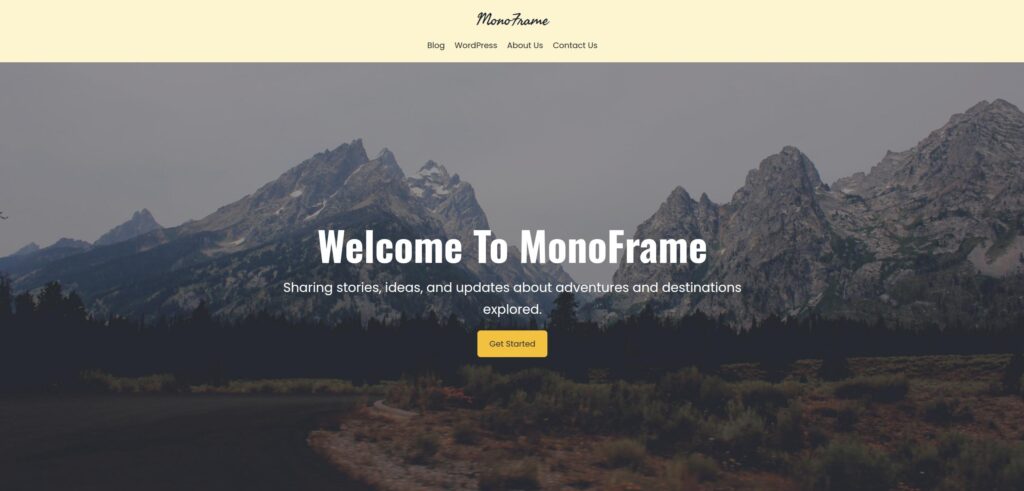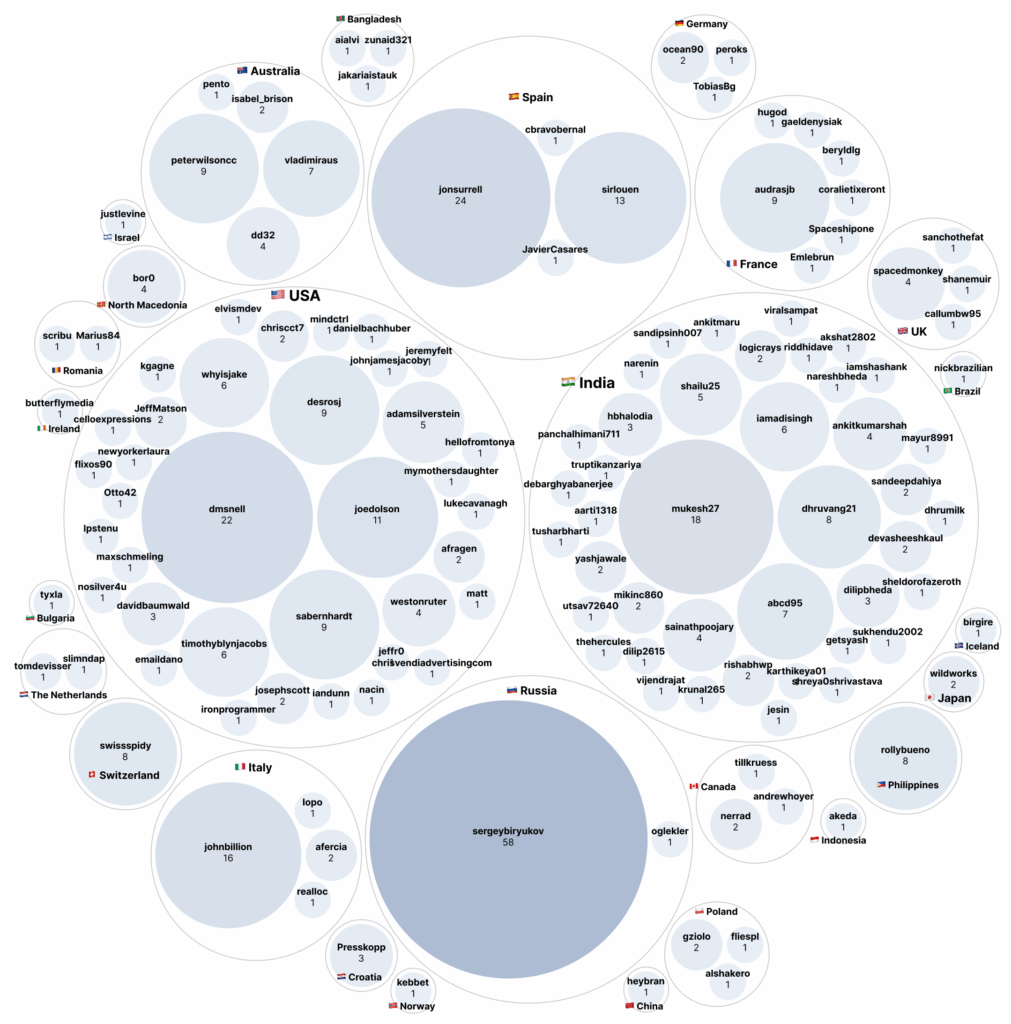
The MonoFrame demo is now live at monoframe.rollybueno.com — showcasing how the theme looks and performs in a real-world environment.
MonoFrame is a clean, modern WordPress block theme designed for creators, developers, and professionals who value performance and flexibility. It serves as a solid foundation for building fast, accessible, and visually consistent websites powered by the Site Editor.
Built for the Block Era
MonoFrame is a Full Site Editing (FSE) theme, meaning every part of your site — from headers and footers to templates and patterns — can be customized directly in the Site Editor. No external frameworks or page builders are needed.
The theme uses a modern design system defined in theme.json, offering a fully responsive, mobile-first structure with fine control over colors, typography, and spacing.
Design & Features
- Full Site Editing Ready — Customize templates and layouts visually.
- Modern Design System — Consistent colors, typography, and spacing.
- Lightweight and Fast — Built with minimal dependencies for optimal performance.
- Accessible and Inclusive — Meets WCAG standards for readability.
- Custom Block Patterns — Ready-to-use layouts for common sections.
- Developer Friendly — Clean SASS-based structure for easy customization.
Patterns That Work Everywhere
MonoFrame includes a curated collection of pre-built block patterns to help you build pages effortlessly:
- Hero Cover Section
- Feature Grid Layout
- Testimonial Section
- Content Spacer
- Related Articles Grid
These patterns are flexible and can be mixed and matched to create unique layouts while maintaining a unified look and feel.
A Foundation for Creators and Professionals
MonoFrame’s balance of simplicity and structure makes it ideal for a variety of use cases — personal portfolios, creative studios, blogs, or small business sites. Its performance-first philosophy ensures your content loads quickly and remains accessible across all devices.
Try the Demo
You can explore the live demo at
👉 monoframe.rollybueno.com
To learn more about the theme details, visit the project page:
👉 MonoFrame on rollybueno.com
Or download it directly from WordPress.org or contribute via GitHub:



